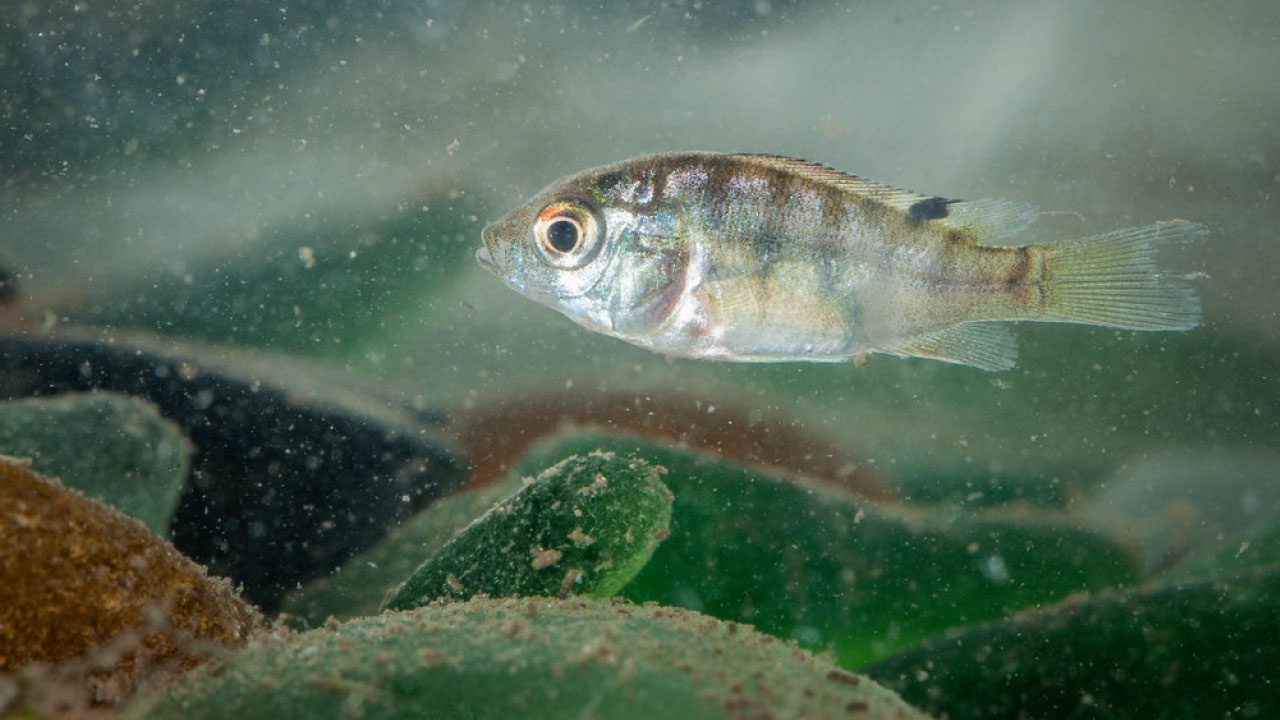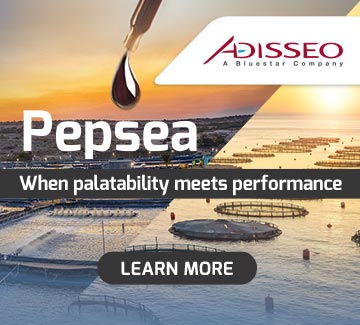
As global demand for fish continues to rise, tilapia could hold the key to a more sustainable future. However, to ensure the success of tilapia farming, it is crucial to determine which production system strikes the best balance between economic viability and environmental sustainability. This balance can only be achieved through science and advanced technology.
Research in aquaculture has largely focused on species biology and water quality, often overlooking a critical factor: the financial viability of fish farming operations.
The lack of clear analysis regarding which technology to adopt and the costs involved has led many fish farmers to fail in their ventures due to an incomplete understanding of financial feasibility.
A recent study led by experts from the Instituto Tecnológico de Misantla, México, and published in Sustainability has conducted an in-depth evaluation of production costs and growth performance of tilapia (Oreochromis niloticus) in intensive aquaculture systems.
The researchers compared three emerging technologies that have shown promise for tilapia farming: recirculating aquaculture systems (RAS), capable of achieving densities between 70 and 120 kilograms per cubic metre; Aquaponic Systems, producing up to 5 tonnes of fish and 44.8 kilograms of vegetables annually; and biofloc technology, supporting up to 36 kilograms of fish per cubic metre.
As in other aquaculture studies, researchers identified feed as the most significant expense, accounting for 50% to 70% of total cost, followed by energy costs in RAS and Biofloc systems. In aquaponic, infrastructure emerges as the second largest expense.
Comparing cost and profitability show that RAS’ production costs range from USD 2.79 to USD 8.80, with a high initial investment and operational complexity. Aquaponic costs approximately USD 2.80 per kilogram, requiring significant investment and proving difficult to scale for small-scale farmers; and biofloc technology being the more cost-effective, ranging from USD 1.65 to USD 2.10 per kilogram, with potential feed saving of up to 50%. However, it demands high electricity consumption and continuous monitoring.
Economic viability and the future sustainability aquaculture
Experts emphasise the need for a detailed financial analysis, including return on investment (ROI), net present value (NPV), and internal rate of return (IRR). Additionally, continued investment in cost-reducing technologies is essential to make these systems accessible to smaller producers.
In this context, the researchers at the Instituto Tecnológico de Misantla consider aquaponics to be the most promising in terms of return on investment, while biofloc technology shows strong potential for operational cost reduction.
Despite these insights, a lack of comprehensive economic data still makes it difficult to determine the most optimal technology for tilapia farming. As experts point out, further economic research is required to support informed decision-making and enhance the sustainability of the industry.


